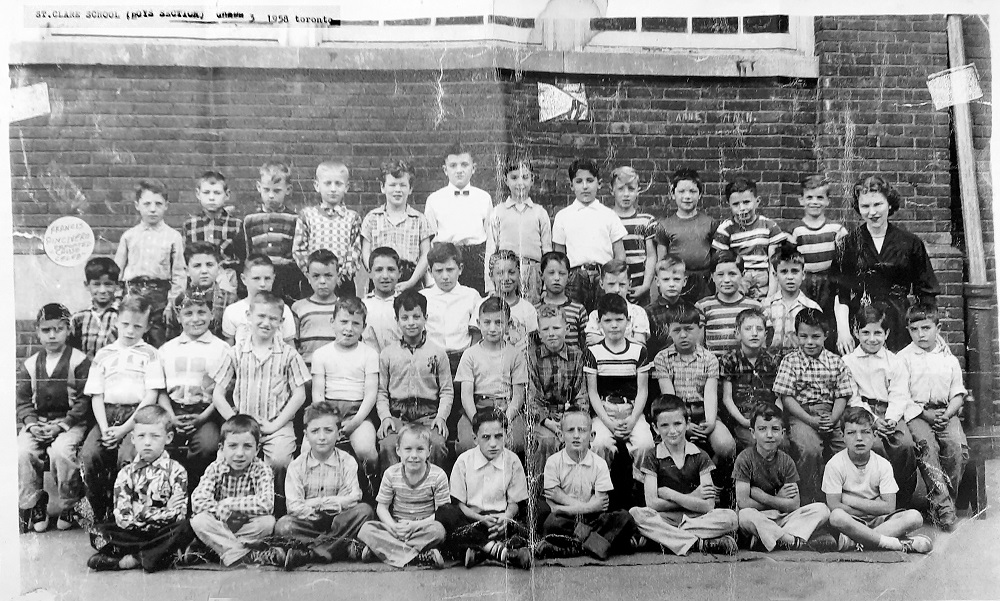Time for the Minister and teachers’ unions to be serious
TORONTO – Here’s a good news story (not really): Minister of Education, Stephen Lecce, wins the hearts and minds of Ontario’s most vulnerable teachers. For it to be true, first, he must “show me the money”. Be skeptical.
Whenever teacher negotiators refer to talks, the focus is on “how much more am I personally making?” It is, let’s face it, an important question from both a necessity point of view and from a “prestige” perspective – i.e.., am I making more than my neighbour? It reflects on one’s value in the social-economic milieu.
With the escalation of educational preparation required to occupy a job as an educator, the remuneration demands become more accentuated on the public purse. In academic 2021-22, there were 127,804 full time equivalent (FTE) teachers in Ontario: 85,574 in Elementary and 42,229 in Secondary schools. Each of those individuals has a right to look after their own material interests, as they pursue a career, a vocation.
The amounts at issue are impressive: 29,902 (24%) of them made it to the Sunshine List because they were paid over $100,000 annually. The average is obviously less; in 2018-19, that was $92,000 and $92,900 respectively. Administrative “academic” personnel are in a different, better remunerated category.
One doubts any on them “suffered” the stress of “the calling”, the “vocation” of real-life people like the teacher in the photo below, made available by a student of Audrey Gallant, a young woman from Prince Edward Island.

When the Ministry negotiates with the 127, 804 it thinks in bigger dollar amounts: numbers, that is, a base salary cost of c.$ 12 billion on top of the other costs associated with maintaining a publicly funded system. A two percent raise per teacher, apart from how it is distributed, will cost the tax-paying public at least $237,715, 440.00.
Minister Lecce speaks only of the bigger numbers, about how these are “historic highs”. Of course, every year the salary budget will be higher than the previous as individual teachers are rewarded according to a graduating scale on experience and qualifications.
Hyperbolic claims do not necessarily strengthen his position. As teachers approach retirement, school boards tend to hire younger “less expensive” personnel to take advantage of the reduced cost (as much as 60% less per retiree in some boards) to balance their expenditures. Again, looking at the picture below, today a board would need two teachers and two classrooms, at least, to educate those young boys.
The boast the government has hired record number of teachers in the last year rings hollow. There are teacher shortages everywhere and to fill them, boards have resorted to hiring uncertified personnel to fulfill the curriculum requirements for children.
Bombastic statements, outlandish claims and threats of strikes etc. are no substitute for well thought out educational goals and strategies. The Minister seems to have finally hedged in the direction of parents as the final arbiter of what is best for their children. For how long will he stay the course?



